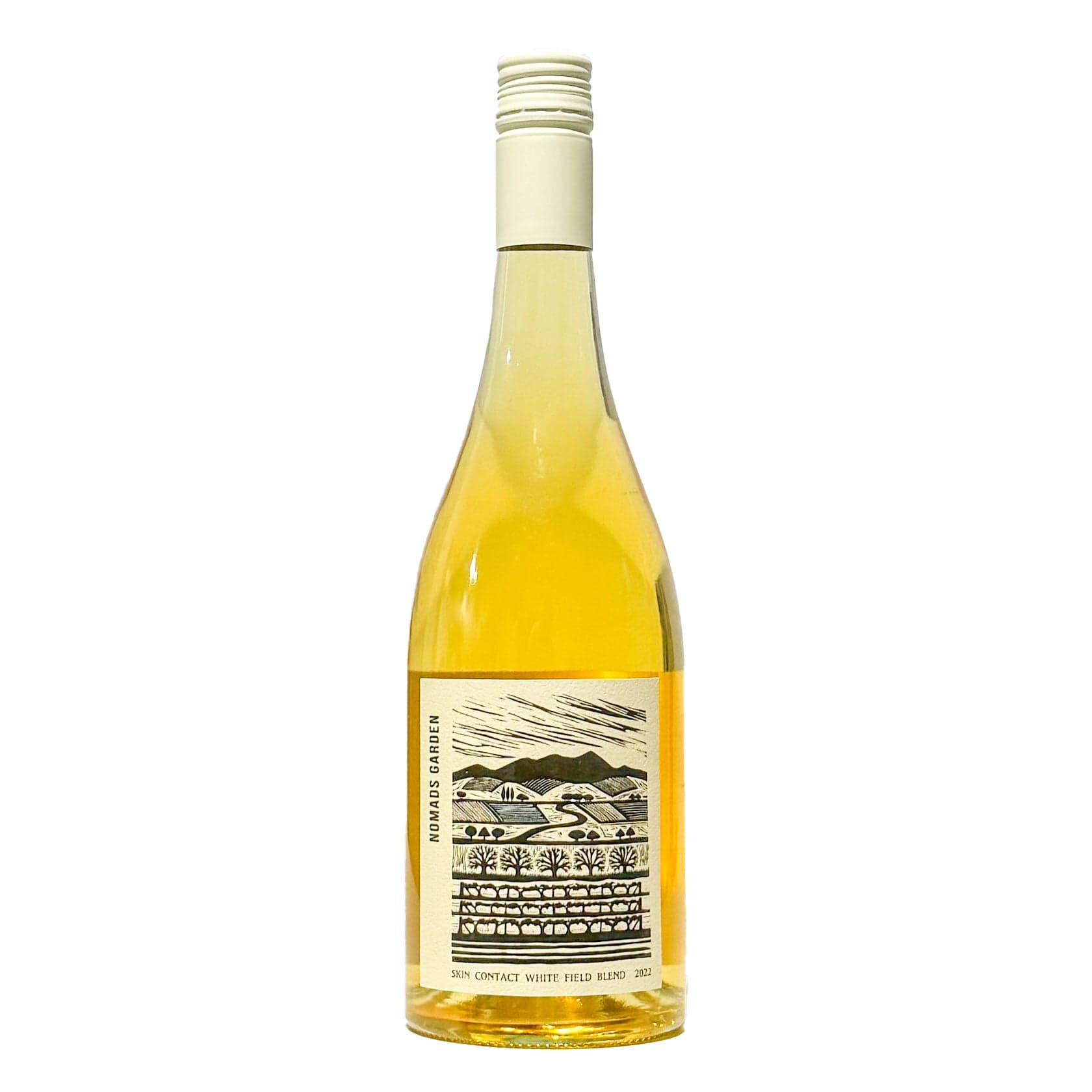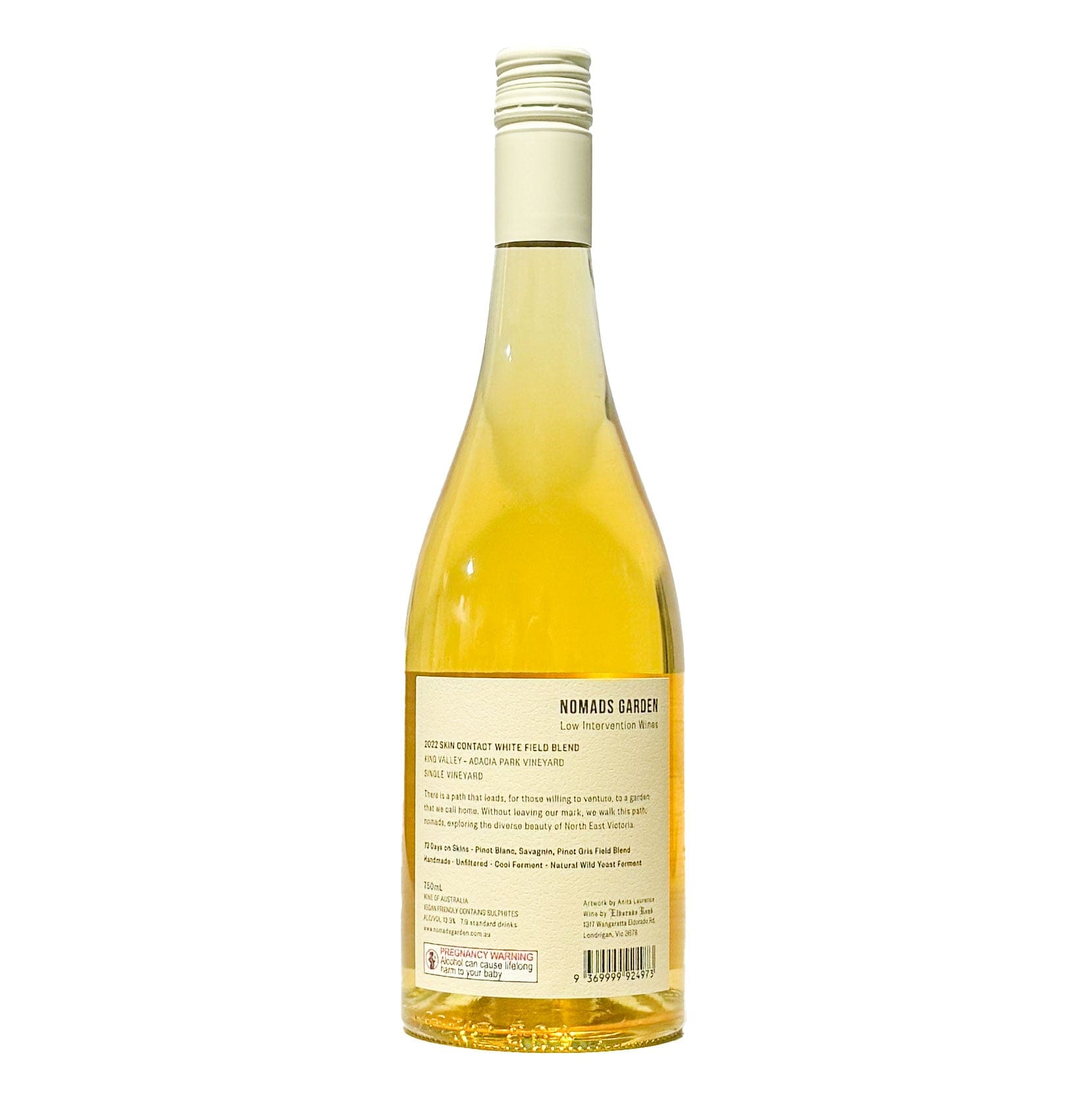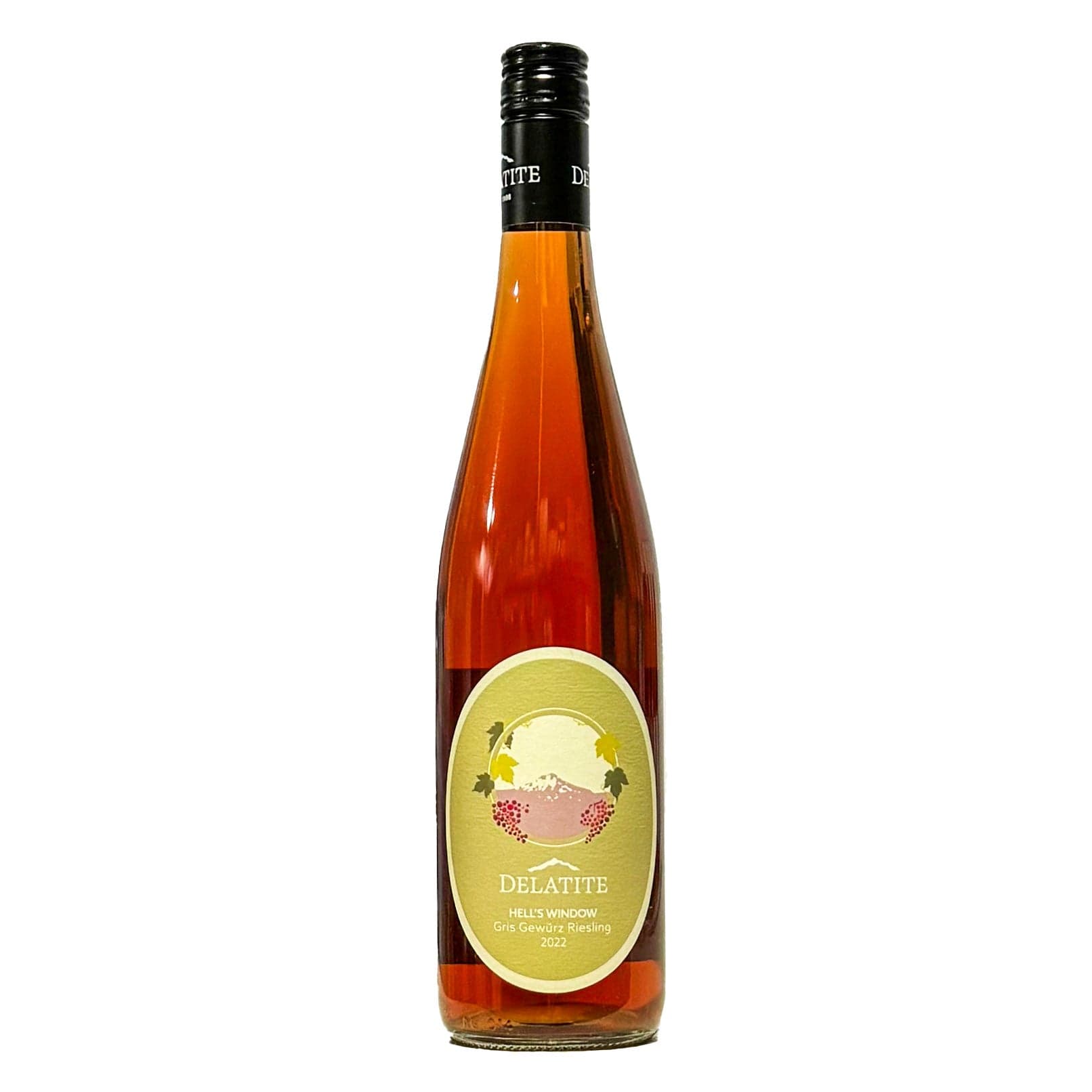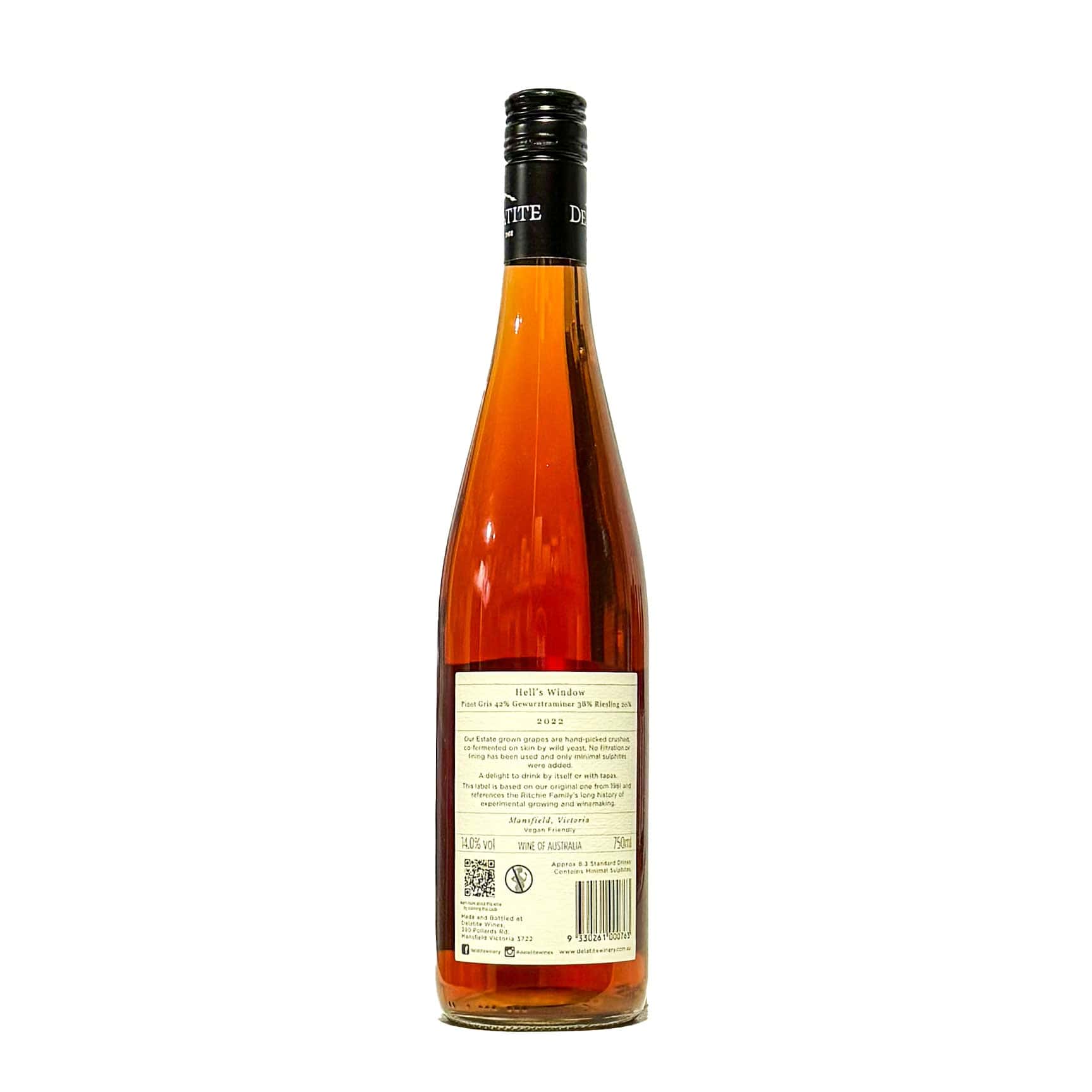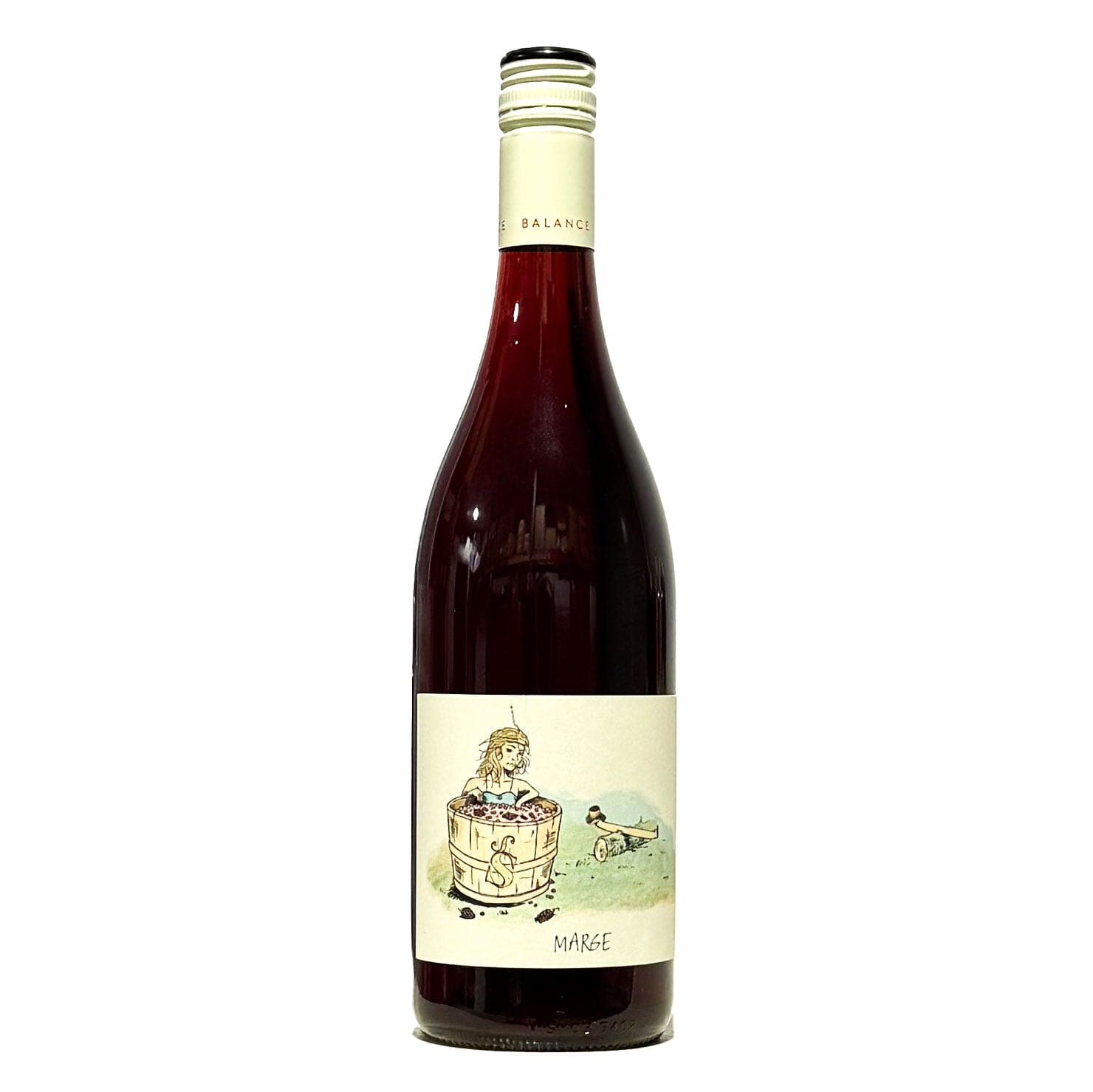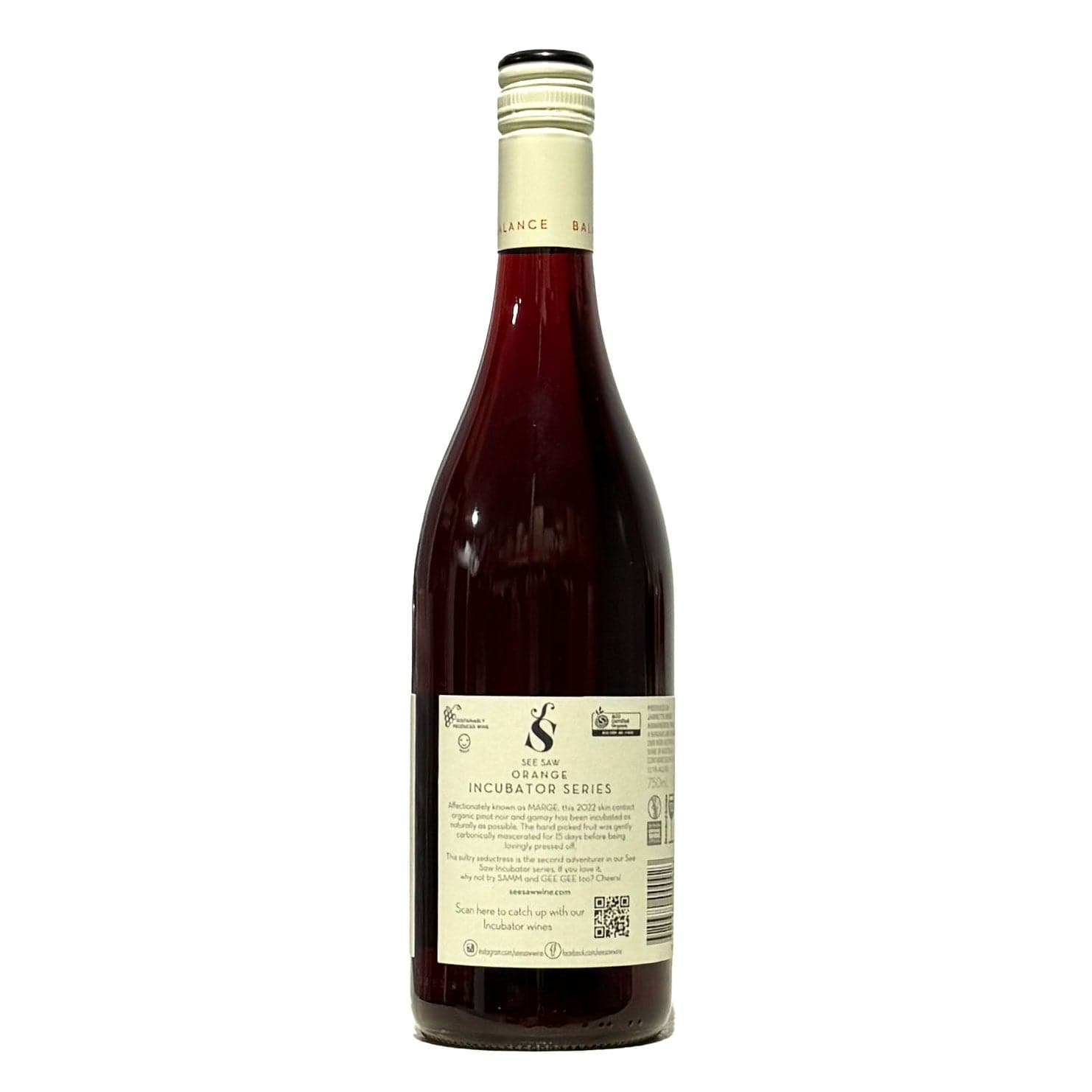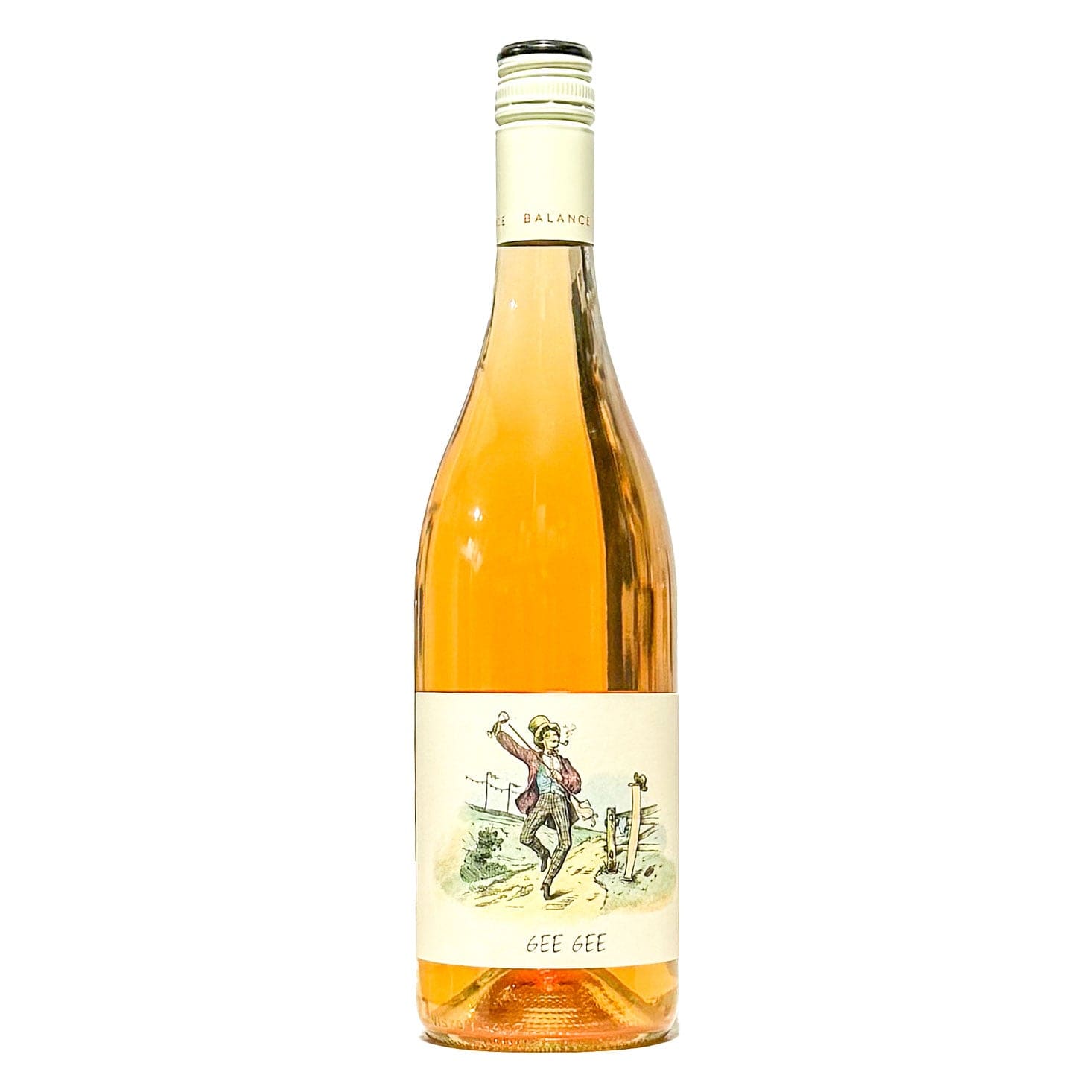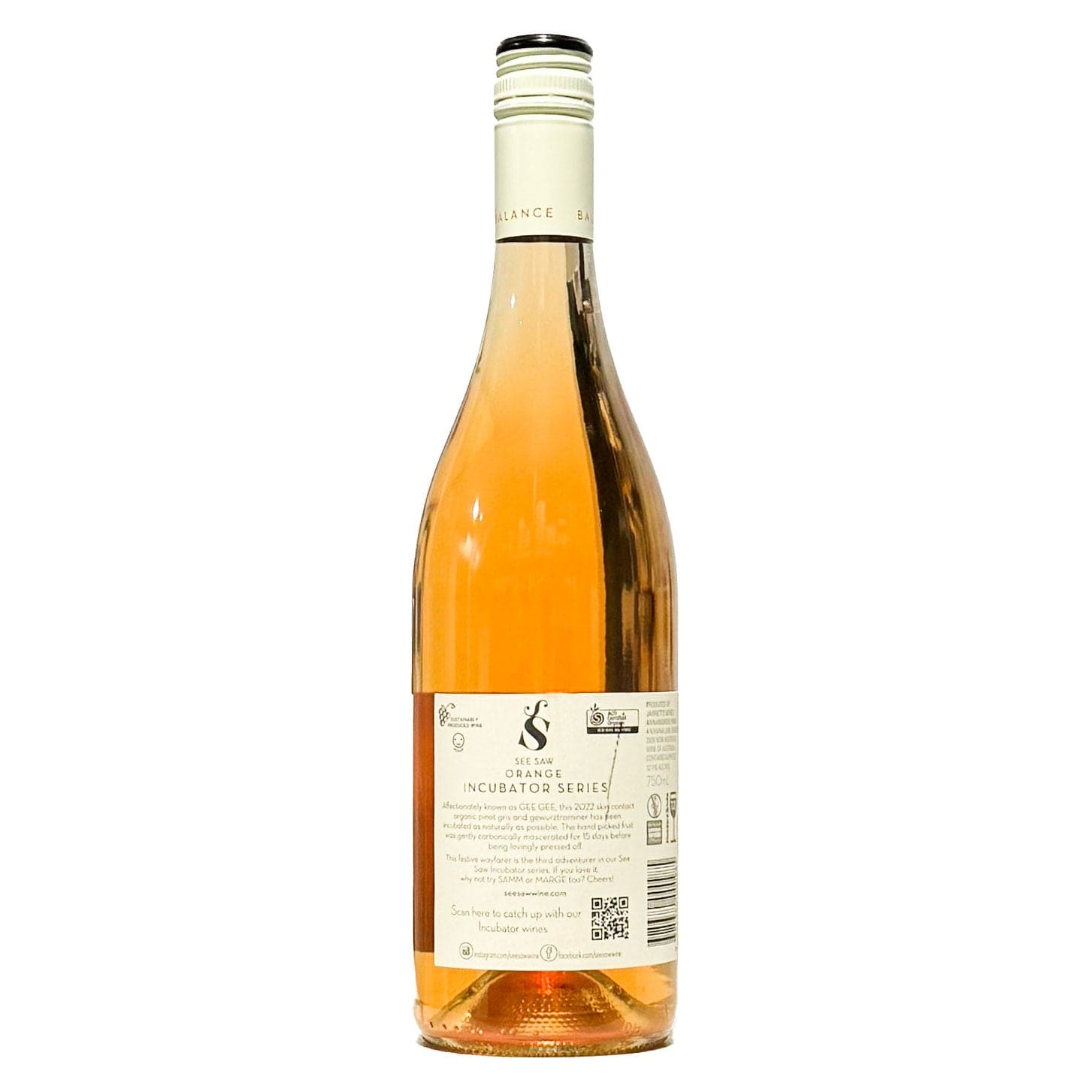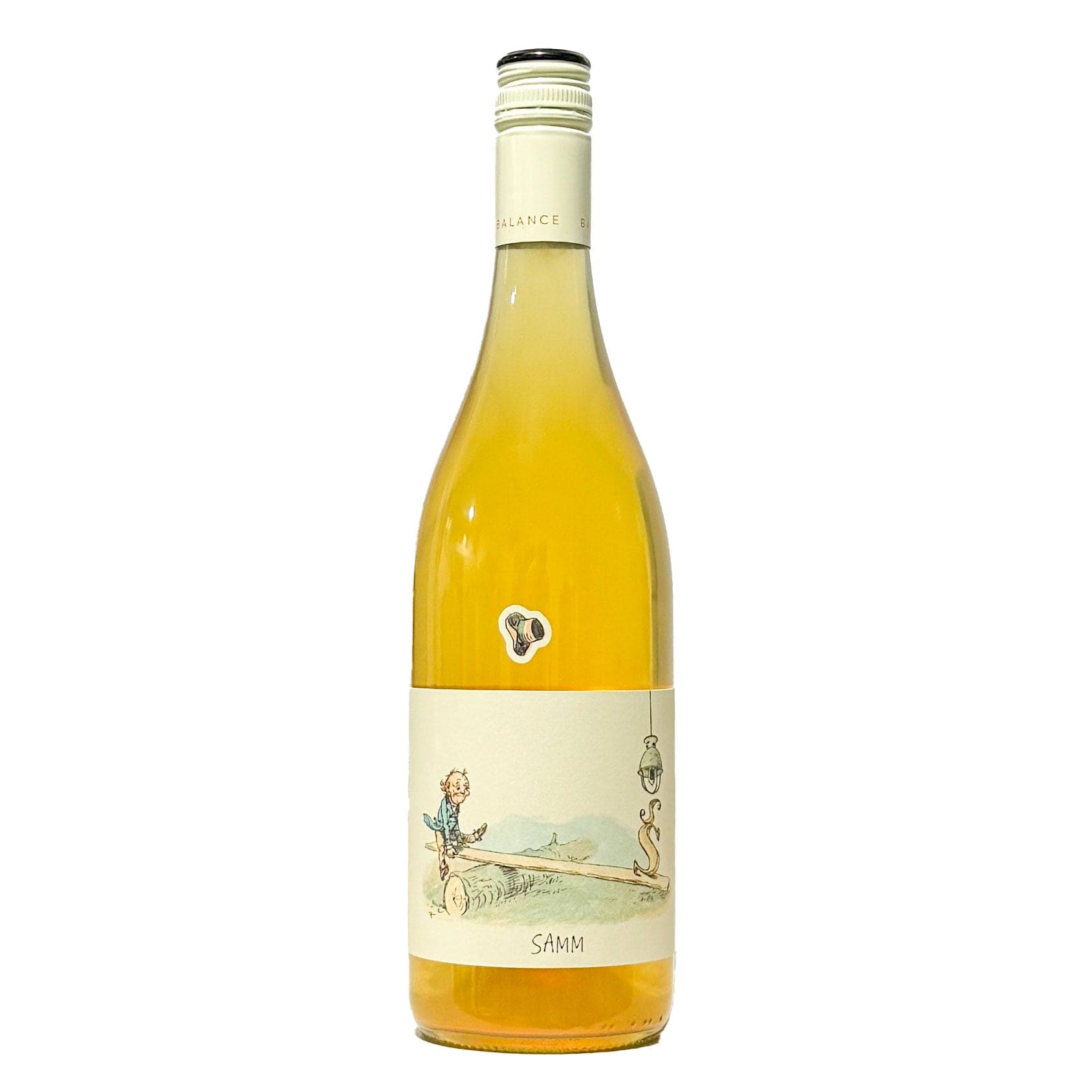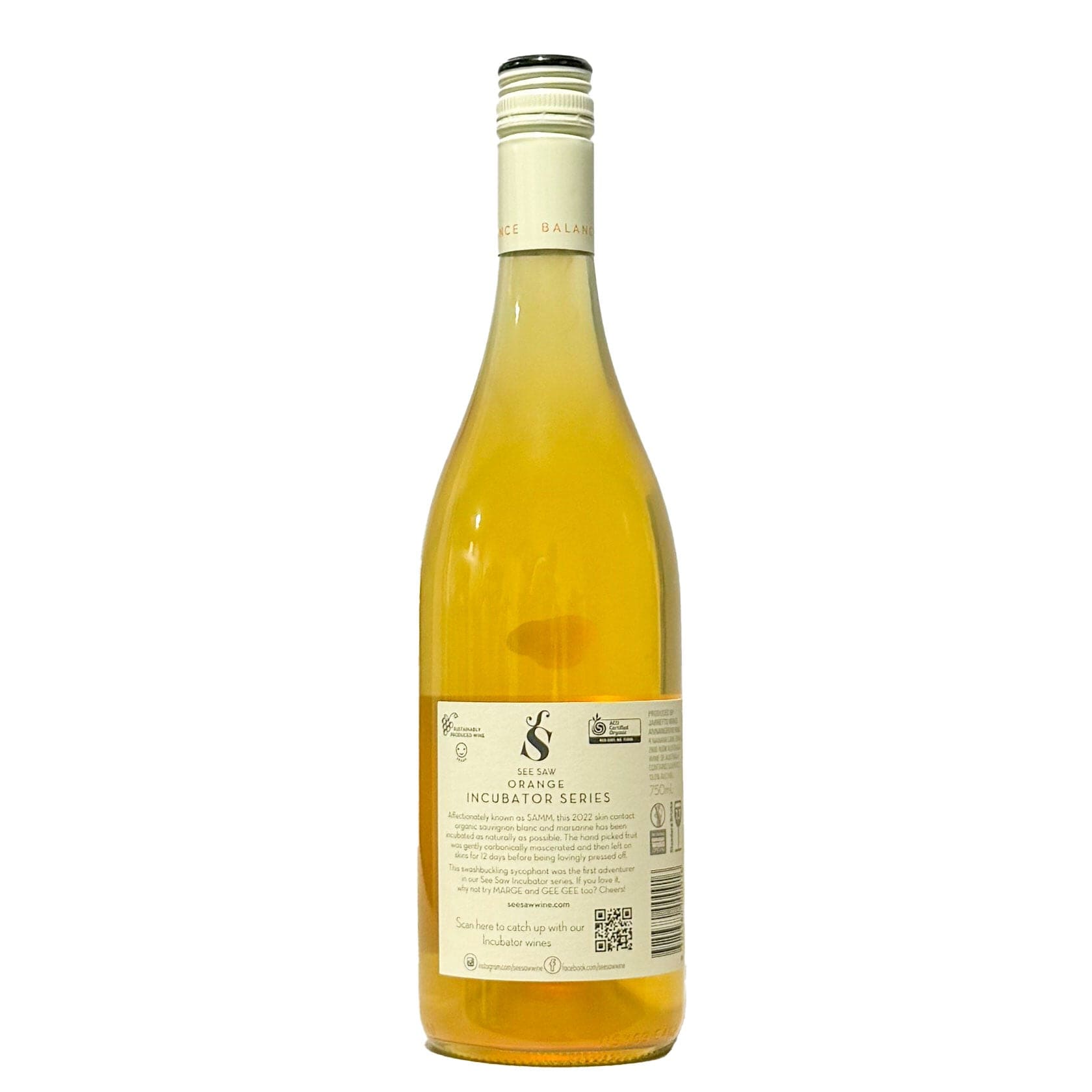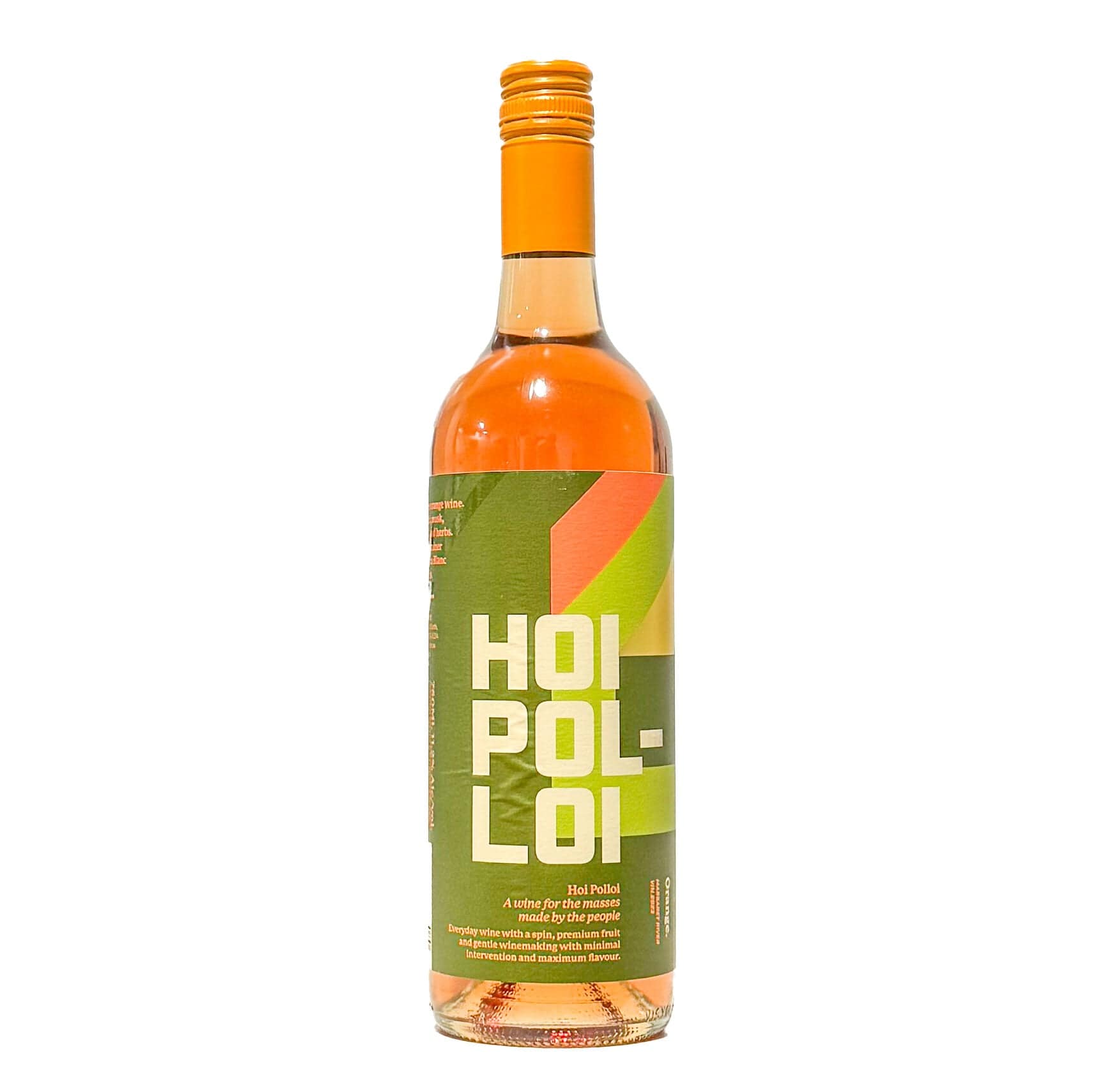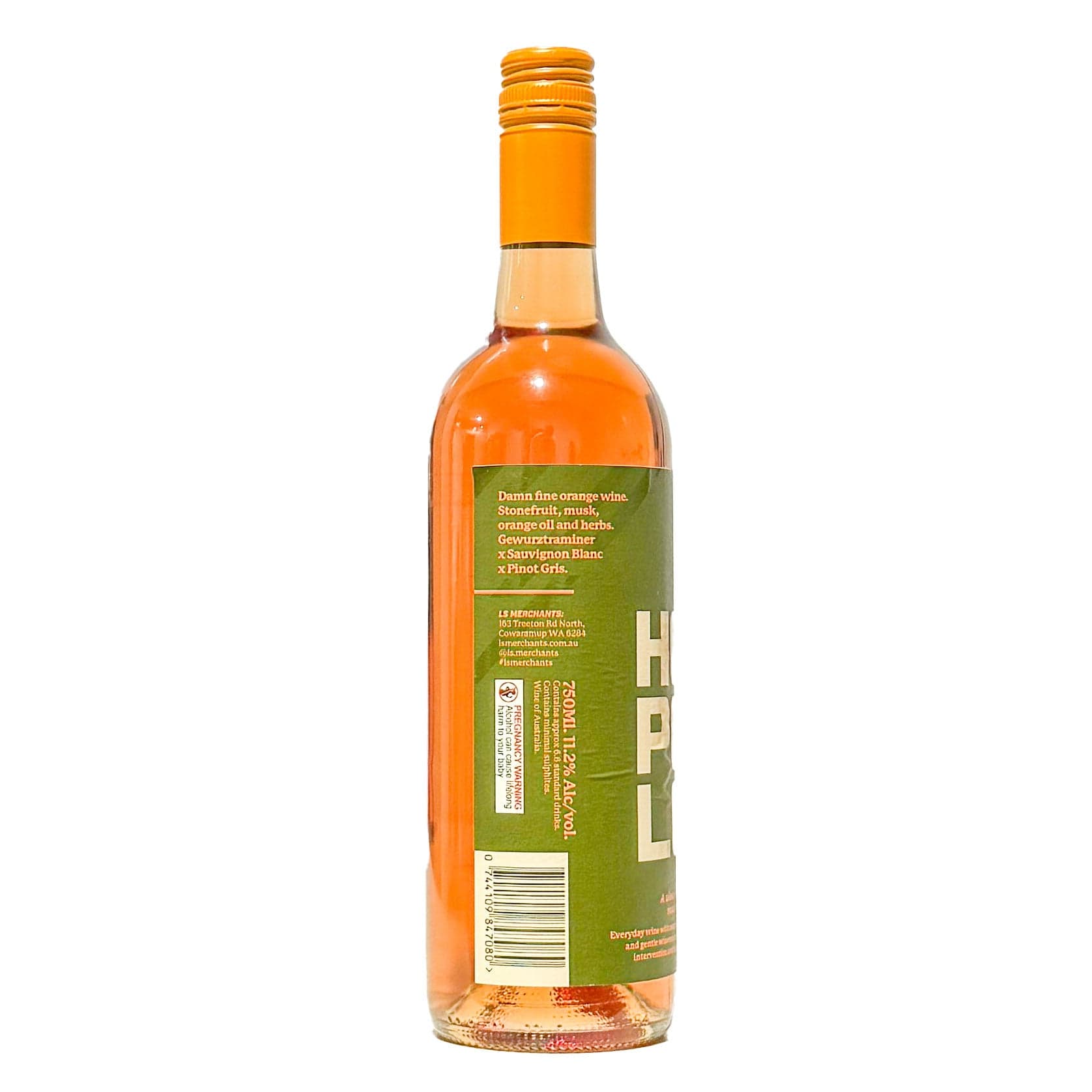Filters
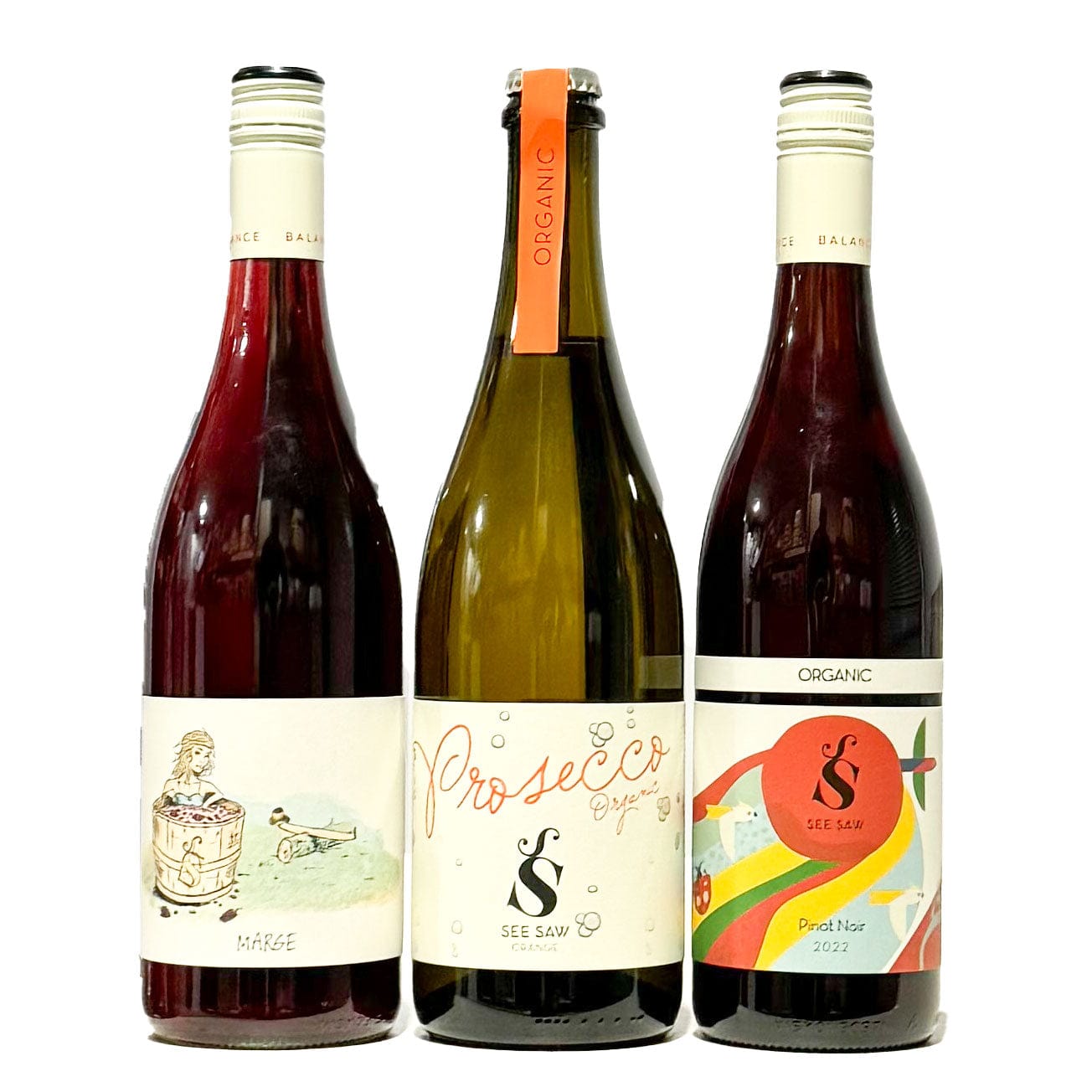
Skin Contact Wine? Amber Wine? Orange Wine?
Orange Wine: A Guide to Australia’s Latest Wine Trend
Orange wine, with its amber hue and bold flavour profile, is becoming one of the most exciting wine trends in Australia. Whether you’re a seasoned wine enthusiast or new to this style, understanding what orange wine is and why it's gaining popularity is essential.
Despite its name, orange wine isn’t made from oranges. It’s a white wine made through a process known as "skin contact", where the grape skins are left in contact with the juice during fermentation.
This technique is more commonly associated with red wine production, but when used for white grapes, it results in a wine with a distinctive amber or orange colour. This process gives the wine tannins, a deeper flavour, and more structure than you would find in a typical white wine.
DISCOVER ORANGE WINE WITH DELIVERY AUSTRALIA-WIDE
The History Of Orange Wine
While orange wine is experiencing a resurgence, it's far from new. The technique of making orange wines has been around for over 5,000 years, with its origins in Georgia, where winemakers use large clay vessels called qvevri to ferment and age their wines. This ancient method was adopted by various regions in Eastern Europe, particularly in Slovenia and Northern Italy, where the practice continued for centuries.
In recent years, orange wines have gained popularity among winemakers in Australia, as well as in the natural wine movement, which favours low-intervention techniques and minimal additives.
What Are Skin Contact Wines?
Skin contact wines, also known as amber wines, are made when the juice of white grapes is fermented with the skins. The skins contain not only colour pigments but also tannins, which contribute to the mouthfeel and structure of the wine. Typically, white wines are pressed, and the skins are discarded before fermentation. However, in orange winemaking, the skins remain with the juice for several days, weeks, or even months.
This process adds complexity to the wine, bringing out unique flavours like dried apricot, honey, and herbal or spicy notes. Orange wines tend to have a more tannic and textured mouthfeel compared to their white wine counterparts, which is why some people describe them as sitting between a light red and a full-bodied white.
What Does Orange Wine Taste Like?
Orange wines can vary greatly in taste depending on the grape variety used and the winemaking techniques. However, there are some common flavour characteristics that many orange wines share. Expect aromas of stone fruits such as apricot and peach, along with herbal and tea-like qualities. The extended skin contact also gives the wine spicy, nutty, or even oxidative notes, which can remind drinkers of sherry.
The tannins in orange wine, which are rarely found in white wines, add a distinct texture. This tannic structure gives the wine a more substantial mouthfeel and makes it suitable for pairing with a wide variety of foods.
What Food Should Be Paired With Orange Wine?
One of the most exciting aspects of orange wine is its versatility when it comes to food pairing. Thanks to its tannins, orange wine can stand up to bold flavours that might overpower a traditional white wine. Here are some food pairings to try:
Spicy Dishes: The robust structure of orange wine makes it a perfect match for spicy foods like Thai curries or Middle Eastern cuisine.
Cheese: Soft, creamy cheeses such as brie or camembert are beautifully complemented by the tannins and acidity of orange wine.
Fermented or Pickled Foods: The tanginess of pickled vegetables or fermented dishes like kimchi is balanced by the fruit-forward nature of many orange wines.
Grilled Meats: Grilled chicken or lamb, especially when spiced, pairs wonderfully with the bold flavours of orange wine.
How to Serve Orange Wine?
To get the best out of your orange wine, it's essential to serve it at the right temperature. Unlike most white wines, which are typically served chilled, orange wines are best enjoyed slightly cooler than room temperature, around 12-14°C. This allows the wine's complex flavours to shine without being muted by cold temperatures.
For those new to orange wine, it’s also a good idea to let the wine breathe for a few minutes after opening to allow the aromas to develop fully.
Need help?
ABOUT ORANGE WINES & ORDERING ONLINE
Whether you’re a seasoned wine drinker or just starting your journey into the world of orange wines, there’s no doubt that this ancient style of winemaking offers something unique and exciting. With a growing number of Australian producers embracing the skin contact wine technique, there’s never been a better time to explore this category. From good orange wines to those pushing the boundaries of flavour and texture, you’re sure to find something that suits your palate.
Is orange wine made from oranges?
No, despite the name, orange wine is not made from oranges. It is made from white grapes, and the name comes from the amber-orange colour that results from fermenting the grapes with their skins.
What does orange wine taste like?
Orange wines can have a wide range of flavours depending on the grape variety used and the length of skin contact. Common tasting notes include citrus fruits, dried apricots, nuts, spices, and a tea-like bitterness. The wine also tends to have more texture and tannins than typical white wines.
Is orange wine the same as amber wine?
Yes, orange wine and amber wine are essentially the same. Some regions, particularly in Eastern Europe, prefer the term "amber wine" to describe wines made with skin contact from white grapes.
Where is orange wine made?
Orange wine is made in various wine regions around the world. Some of the most famous regions include Georgia (where it originated), Italy (particularly in Friuli), Slovenia, and more recently, Australia and the United States.
How is orange wine different from white wine?
The main difference between orange wine and white wine is the production process. Orange wine is made by leaving the grape skins in contact with the juice during fermentation, which adds colour, tannins, and complexity. In contrast, white wine is fermented without the skins, resulting in a lighter, crisper flavour profile.
Can orange wine age well?
Yes, orange wine often has good aging potential due to its tannic structure and complexity. Like red wines, the tannins can help preserve the wine, allowing it to evolve over several years.

